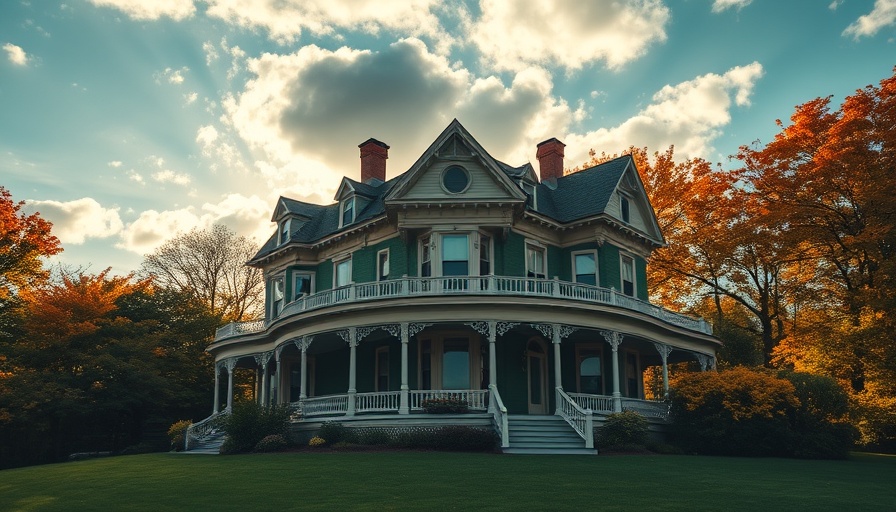
Rethinking the Value of Space: The Big Home Advantage
The era of minimalism has transformed societal perspectives on home ownership, often casting larger homes in a negative light. Yet, in a world that values personal space and comfort, the benefits of owning a big, beautiful home often outweigh the trend toward smaller living. This realization comes after experiencing the confinements of smaller spaces firsthand—whether during vacations or stays with extended family.
Why Bigger is Often Better
Imagine coming home from a long family vacation, only to squeeze back into a cramped hotel room after extensive travel. The stark contrast between that experience and returning to your own spacious sanctuary can profoundly underscore the value of larger living spaces. Big homes—generally characterized as those with over 3,100 square feet—offer comfort, privacy, and the room for family dynamics to flourish.
The Shift in Home size Trends Over the Decades
Historically, the size of homes has scaled up. In the early 1980s, the median size of a newly purchased home was merely 1,700 square feet. By the time the early 2020s rolled around, that number had grown dramatically to an average of over 2,200 square feet. This trend reflects not only a desire for more luxurious living but also a practical need for families striving to balance career and family life within their homes.
Why Families Benefit from Bigger Homes
For families, bigger homes often mean decreased stress. A story shared by parents who have transitioned from smaller living spaces reveals moments of sleepless nights caused by noise and chaos present in compact quarters. In contrast, families with larger homes express relief from having separate spaces for each family member to retreat to when necessary.
Counterarguments to Minimalism
While the minimalist lifestyle is frequently portrayed as more sustainable and less overwhelming, the practicalities of family life often tell a different story. Limited space can stifle family interactions and impose restrictions that escalate stress levels. Thus, countering the trend toward smaller homes, it’s essential to recognize that larger dwellings can offer solutions for families facing the complexities of everyday life.
Future Predictions: The Evolution of Home Preferences
As remote working continues to rise, many families have begun reevaluating their living situations. The desire for multifunctional spaces perfectly complements the need for more room, highlighting the potential future trends where spacious homes, designed to accommodate work and family life, become more desirable. This trajectory signals a rebirth of appreciation for the traditional American dream of spacious living.
Making Informed Decisions on Home Purchases
Understanding the merits of larger homes doesn’t just stop at personal preference. Prospective buyers should consider how they envision their family's needs evolving over time. A purchase decision based on current trends can quickly become obsolete. Instead, families should prioritize space to accommodate future milestones.
In Conclusion: Why Size Matters
Choosing a larger home isn't merely about luxury; instead, it encompasses a visionary lifestyle that prioritizes comfort, personal space, and family well-being. As society shifts, recognizing the genuine benefits of owning a big, beautiful home can lead us back to a balanced perspective on living standards. Families should embrace space and prioritize larger homes that support relationships, growth, and thriving amidst life's demand. Reflect on your priorities, and consider how the size of your living space impacts the overall quality of your family life.
 Add Row
Add Row  Add
Add 




 Add Row
Add Row  Add
Add 








Write A Comment